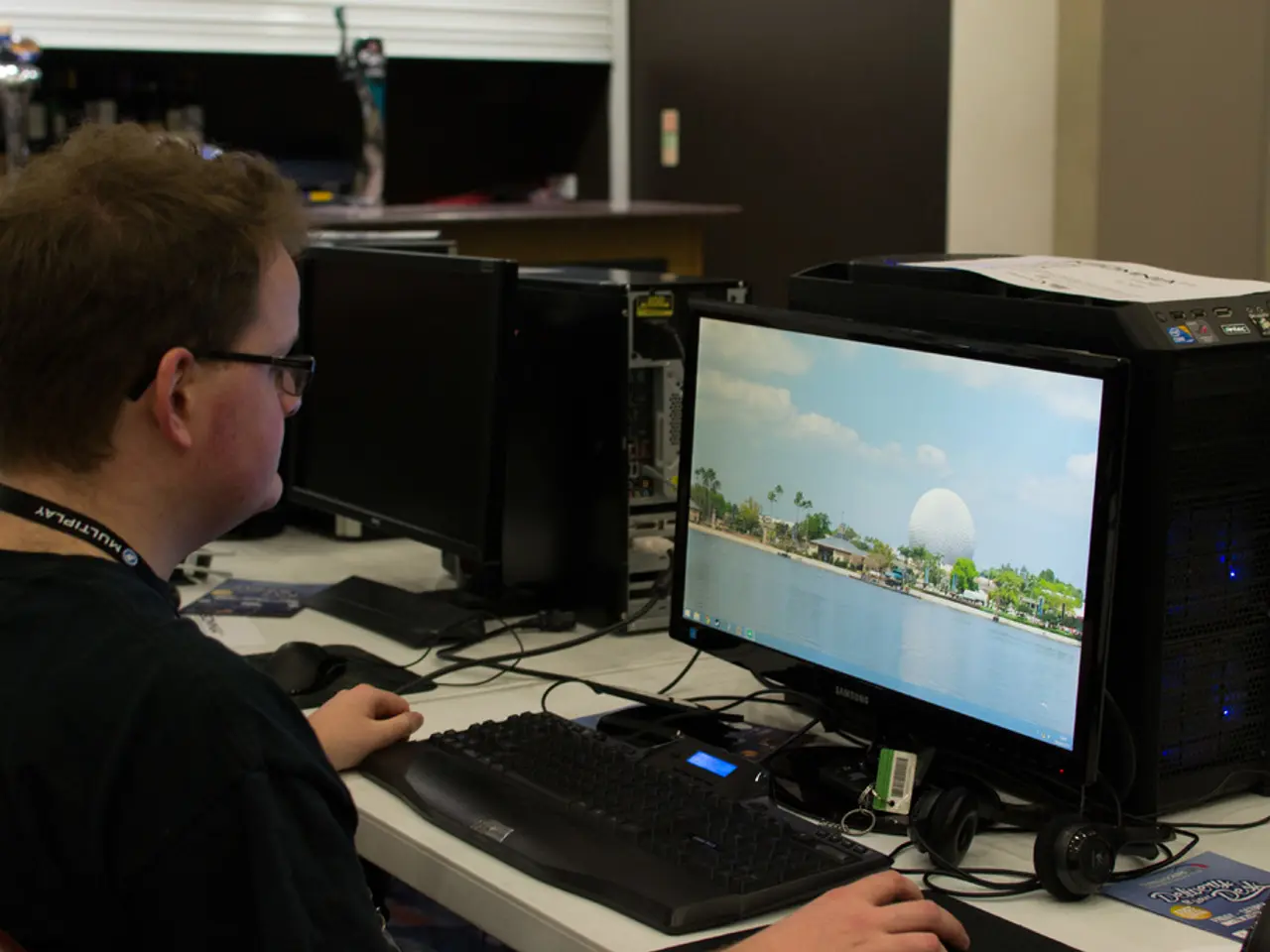tDCS Speeds and Alters Decision-Making, MLU Study Finds
Researchers from Martin Luther University Halle-Wittenberg (MLU) have published a study in the 'Journal of Cognitive Neuroscience', revealing that transcranial direct current stimulation (tDCS) can subtly influence decision-making processes. The study, conducted by Donato R. Scioli, suggests that tDCS can speed up or alter choices under controlled conditions.
The study targeted the dorsolateral prefrontal cortex, a brain region vital for planning and weighing actions. It involved 40 participants performing two tasks simultaneously, requiring them to decide which one to tackle first. The experiments were repeated at intervals of at least a week, with participants unaware of the stimulation type or current flow.
Two types of tDCS were employed. Anodal tDCS, which boosts brain activity, accelerated decision-making by approximately 100 milliseconds. Conversely, cathodal tDCS, which inhibits brain activity, made participants stick to a chosen order when multitasking.
While the study demonstrates that tDCS can influence decision-making, the effects are delicate and depend on numerous factors. Commercial devices claiming to enhance creativity and concentration through tDCS should be approached with caution, as more research is needed to understand and replicate these effects consistently.
Read also:
- One in Three Kentuckians Living with Prediabetes
- Exploring the Psychological Impacts of Plant Therapy and Enhancing Mental Health through Floral Interactions
- EU Faces Demand from Protesters to Halts Incineration of American-Owned Birth Control Products
- MERS (Middle East Respiratory Syndrome): A Comprehensive Overview and Treatment Guide





